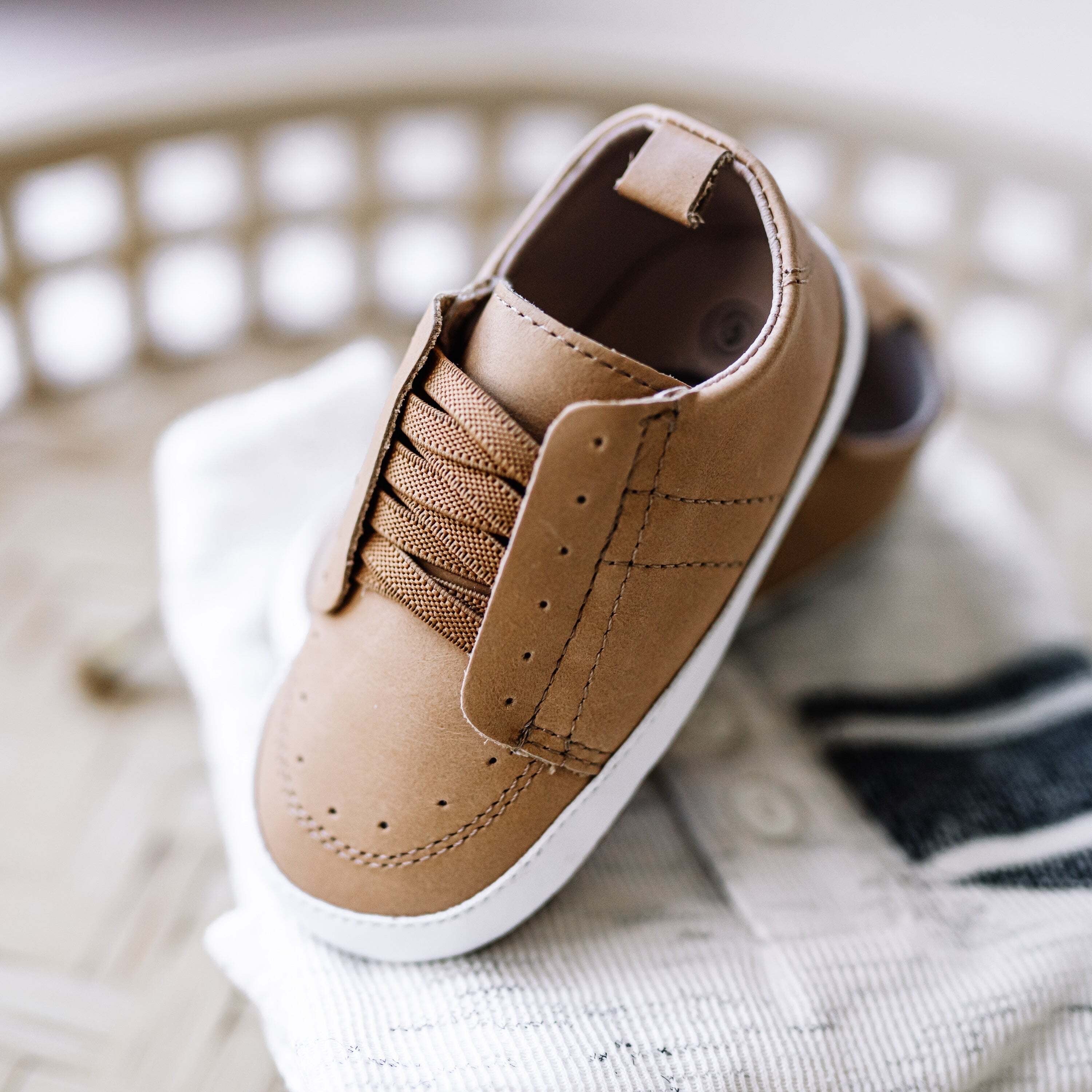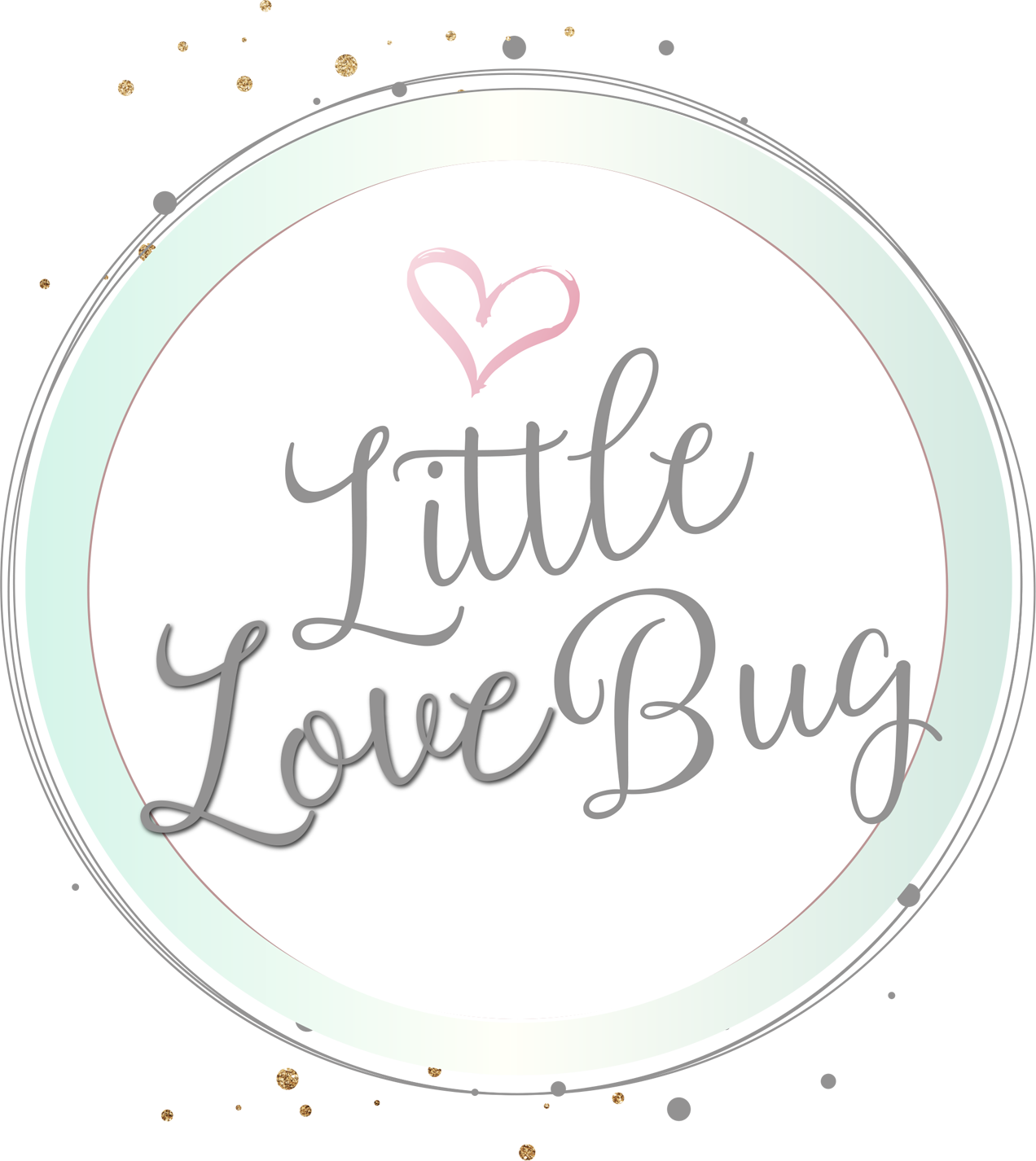Potty training: how to know when it's time to start, and what to do
Potty training can be a daunting task for any parent, but it doesn't have to be. Knowing when to start potty training your child and what to do can make the process much smoother. In this blog post, we'll discuss the signs that it's time to start potty training, as well as some tips and tricks for successful potty training. With these tools, you'll have your little one potty trained in no time!
How to know when it's time to start potty training
One of the biggest questions parents have when it comes to potty training is knowing when it’s the right time to start. Every child is different, so there is no one-size-fits-all answer to this question. However, there are some general signs and milestones that suggest a child might be ready.
The first indicator of readiness is often a child’s level of physical development. Most toddlers will be able to control their bladder and bowels around 18-24 months of age. Before then, they simply may not have the physical capability to stay dry for extended periods of time. A few other physical signs that may indicate readiness are pulling at a wet or soiled diaper and hiding when they go to the bathroom.
In addition to physical development, behavior also plays an important role in determining if your child is ready for potty training. If your toddler is able to stay dry for at least two hours, show an interest in wearing underwear, communicate when they need to go, and respond positively to positive reinforcement, these could all be indicators that it’s time to begin potty training.
It’s also important to consider your child’s emotional readiness for potty training. If your child is afraid of using the potty or appears to resist using it, then it may be best to wait a bit longer before starting. It’s important to create an environment that is calm and supportive so that your child feels comfortable learning this new skill.
Finally, make sure you have the time and energy to commit to potty training your child. This process can take anywhere from a few days to a few weeks, so it’s important that you are prepared for the commitment that comes with this experience.
By considering all of these factors, you can determine if your child is ready for potty training. Taking the time to assess these signs and signals can help ensure that the experience is positive and successful for both you and your child.
What to do once you've decided to start potty training
The first step to potty training is to get your child ready mentally and emotionally. Talk to them about why they need to use the potty and how it’s a big step towards growing up. Explain that you’ll be there to help them through the process, and make sure they know it’s okay to make mistakes.
Next, you’ll want to get your child excited about potty training. Introduce them to a potty chair or seat, read books about using the toilet, and set up a rewards system. Positive reinforcement can help encourage them and make it more enjoyable.
Once you’ve got your child in the right frame of mind, it’s time to start the actual process. You’ll want to start with small steps, such as teaching them how to pull down their pants and teaching them the difference between wet and dry.
You’ll also want to establish a potty routine. Have your child go to the potty at regular times throughout the day and after meals. This helps to establish a routine and make it easier for them to remember when they need to use the bathroom.
It’s also important to stay patient and be consistent. Accidents are bound to happen, so don’t scold or punish your child. Instead, praise them for trying their best and offer positive reinforcement when they do something right.
Finally, remember that everyone learns at their own pace. Every child is different, so be sure to adjust your expectations accordingly. With patience and consistency, you can help your child become comfortable and successful at using the potty.
Tips and tricks for a successful potty training experience
1. Start with the basics. Make sure your child is comfortable with using the toilet and is familiar with the process before jumping into the nitty gritty of potty training.
2. Set up a routine. Setting up a regular schedule for potty breaks will help your child stay consistent and make it easier to keep track of progress.
3. Provide positive reinforcement. Encourage your child every step of the way with positive words, rewards, and praise.
4. Be patient. Potty training can be a long process and mistakes are bound to happen. Take a deep breath and remember to be patient with your child.
5. Don't give up. Even if it feels like you're not making any progress, keep going. Eventually, it will click!
6. Be consistent. Consistency is key when it comes to potty training. Make sure to stick to the same routine and rules every day so your child can learn what is expected of them.
7. Model good habits. It's important for your child to see that adults use the bathroom too, so don't be afraid to talk about going potty in front of them.
8. Give your child control. Allow your child to choose their own underwear and other toiletries, and give them the opportunity to go on their own when they are ready.
9. Offer incentives. Create rewards for your child when they have successful potty trips or meet certain milestones in their potty training journey.
10. Celebrate successes! Give your child lots of praise and encouragement when they do well, no matter how small the success may be.
Potty training can be a daunting task for any parent, but it doesn't have to be. Knowing when to start potty training your child and what to do can make the process much smoother. In this blog post, we'll discuss the signs that it's time to start potty training, as well as some tips and tricks for successful potty training. With these tools, you'll have your little one potty trained in no time!
How to know when it's time to start potty training
One of the biggest questions parents have when it comes to potty training is knowing when it’s the right time to start. Every child is different, so there is no one-size-fits-all answer to this question. However, there are some general signs and milestones that suggest a child might be ready.
The first indicator of readiness is often a child’s level of physical development. Most toddlers will be able to control their bladder and bowels around 18-24 months of age. Before then, they simply may not have the physical capability to stay dry for extended periods of time. A few other physical signs that may indicate readiness are pulling at a wet or soiled diaper and hiding when they go to the bathroom.
In addition to physical development, behavior also plays an important role in determining if your child is ready for potty training. If your toddler is able to stay dry for at least two hours, show an interest in wearing underwear, communicate when they need to go, and respond positively to positive reinforcement, these could all be indicators that it’s time to begin potty training.
It’s also important to consider your child’s emotional readiness for potty training. If your child is afraid of using the potty or appears to resist using it, then it may be best to wait a bit longer before starting. It’s important to create an environment that is calm and supportive so that your child feels comfortable learning this new skill.
Finally, make sure you have the time and energy to commit to potty training your child. This process can take anywhere from a few days to a few weeks, so it’s important that you are prepared for the commitment that comes with this experience.
By considering all of these factors, you can determine if your child is ready for potty training. Taking the time to assess these signs and signals can help ensure that the experience is positive and successful for both you and your child.
What to do once you've decided to start potty training
The first step to potty training is to get your child ready mentally and emotionally. Talk to them about why they need to use the potty and how it’s a big step towards growing up. Explain that you’ll be there to help them through the process, and make sure they know it’s okay to make mistakes.
Next, you’ll want to get your child excited about potty training. Introduce them to a potty chair or seat, read books about using the toilet, and set up a rewards system. Positive reinforcement can help encourage them and make it more enjoyable.
Once you’ve got your child in the right frame of mind, it’s time to start the actual process. You’ll want to start with small steps, such as teaching them how to pull down their pants and teaching them the difference between wet and dry.
You’ll also want to establish a potty routine. Have your child go to the potty at regular times throughout the day and after meals. This helps to establish a routine and make it easier for them to remember when they need to use the bathroom.
It’s also important to stay patient and be consistent. Accidents are bound to happen, so don’t scold or punish your child. Instead, praise them for trying their best and offer positive reinforcement when they do something right.
Finally, remember that everyone learns at their own pace. Every child is different, so be sure to adjust your expectations accordingly. With patience and consistency, you can help your child become comfortable and successful at using the potty.
Tips and tricks for a successful potty training experience
1. Start with the basics. Make sure your child is comfortable with using the toilet and is familiar with the process before jumping into the nitty gritty of potty training.
2. Set up a routine. Setting up a regular schedule for potty breaks will help your child stay consistent and make it easier to keep track of progress.
3. Provide positive reinforcement. Encourage your child every step of the way with positive words, rewards, and praise.
4. Be patient. Potty training can be a long process and mistakes are bound to happen. Take a deep breath and remember to be patient with your child.
5. Don't give up. Even if it feels like you're not making any progress, keep going. Eventually, it will click!
6. Be consistent. Consistency is key when it comes to potty training. Make sure to stick to the same routine and rules every day so your child can learn what is expected of them.
7. Model good habits. It's important for your child to see that adults use the bathroom too, so don't be afraid to talk about going potty in front of them.
8. Give your child control. Allow your child to choose their own underwear and other toiletries, and give them the opportunity to go on their own when they are ready.
9. Offer incentives. Create rewards for your child when they have successful potty trips or meet certain milestones in their potty training journey.
10. Celebrate successes! Give your child lots of praise and encouragement when they do well, no matter how small the success may be.


